When it comes to keeping our homes clean, a reliable vacuum cleaner is a must-have. But with so many options available, how do you know which one is right for you? In this comprehensive guide, I will walk you through the process of comparing vacuum cleaners and help you make an informed decision.
When comparing vacuum cleaners, there are several factors you need to consider. Firstly, you need to understand the different types available. Upright vacuum cleaners are popular in the US and UK, while canister vacuum cleaners are preferred in Europe and the rest of the world. Uprights are great for synthetic carpeting, while canisters are more versatile and maneuverable.
Another important consideration is whether to choose a bagged or bagless vacuum cleaner. Bagged vacuums are better for allergies and asthma sufferers as they trap dirt and allergens more effectively. On the other hand, bagless vacuums offer the convenience of not needing to buy replacement bags.
When evaluating a vacuum cleaner, think about your specific cleaning needs and the surfaces you’ll be cleaning. Consider if you have stairs or different types of flooring that require special attention. Also, take into account the amount of traffic and the type of soil in your home. Understanding these factors will help you select a vacuum cleaner that suits your needs.
Key Takeaways:
- There are two main types of vacuum cleaners: uprights and canisters.
- Uprights are popular in the US and UK, while canisters are preferred in Europe and the rest of the world.
- Bagged vacuums are better for allergies, while bagless vacuums offer convenience.
- Consider your specific cleaning needs and the surfaces you’ll be cleaning.
- Take into account the amount of traffic and the type of soil in your home.
Key Features to Consider When Comparing Vacuum Cleaners
When comparing vacuum cleaners, it’s important to look at the key features that differentiate each model. By understanding these features, you can find the best vacuum cleaner that suits your cleaning needs. Here are some important factors to consider:
- Attachments: Check the attachments included with the vacuum. These accessories can enhance the cleaning experience and help with various tasks like reaching crevices, cleaning upholstery, and dusting.
- Bagged vs. Bagless: Decide whether you prefer a bagged or bagless vacuum. Bagged vacuums tend to hold more dirt and are ideal for individuals with allergies. Bagless vacuums, on the other hand, offer the convenience of not needing replacement bags.
- On/Off Brush Roll Switch: Look for a vacuum with an on/off brush roll switch. This feature allows you to easily transition between different types of flooring, from carpets to hard floors.
- Manual Pile Height Adjustment: Consider a vacuum with a manual pile height adjustment feature. This allows you to optimize cleaning performance on different carpet heights.
- Filters: Filters are important for trapping dirt and particles. Vacuums with HEPA filters are particularly effective at reducing emissions and improving indoor air quality.
- Cord Control Features: Pay attention to cord control features that can make your cleaning routine more efficient. Look for vacuums with cord-release clips and convenient cord rewinding functions.
By comparing these key features, you can make an informed decision and choose the best vacuum cleaner for your specific cleaning needs.
Vacuum Cleaner Comparison Tools
If you’re not sure where to start or want an easier way to compare vacuum cleaners, there are online tools available to assist you. These vacuum cleaner comparison tools provide comprehensive information on various models, allowing you to compare features, specifications, and customer reviews. By utilizing these tools, you can find the right vacuum cleaner that meets your requirements and budget.
Remember to consider your specific cleaning needs and preferences when comparing vacuum cleaners. The right combination of features can make a significant difference in the effectiveness and convenience of your cleaning routine.
Important Specifications for Comparing Vacuum Cleaners
When comparing vacuum cleaners, there are three important specifications to consider: motor input power, water lift (sealed suction), and airflow.
Motor input power is usually rated in watts and can give you an idea of the vacuum’s performance. A higher wattage generally indicates a more powerful vacuum cleaner.
Water lift measures how well the vacuum can pick up heavier soils like sand and grit. The higher the water lift, the better the cleaning ability. This specification is particularly important if you have tough-to-clean surfaces or heavily soiled carpets.
Airflow is the most important specification as it determines how well the vacuum can move dirt from surfaces to the dust bag or container. It is measured in cubic feet per minute (CFM). A higher airflow rating ensures efficient and effective cleaning.
Canister vacuum cleaners should have an airflow rating of 100 CFM or more and a water lift of 90 inches or more. These specifications guarantee strong suction and thorough dirt removal.
In contrast, for upright vacuum cleaners, airflow ratings are typically lower due to the shorter distance for air and soil to travel. While some uprights only rate the motor in terms of amps, higher airflow ratings, ideally 60 CFM or better, indicate a high-performing machine.
Considering these specifications will help you compare vacuum cleaners and choose the best one for your needs, ensuring optimal cleaning performance and user satisfaction.
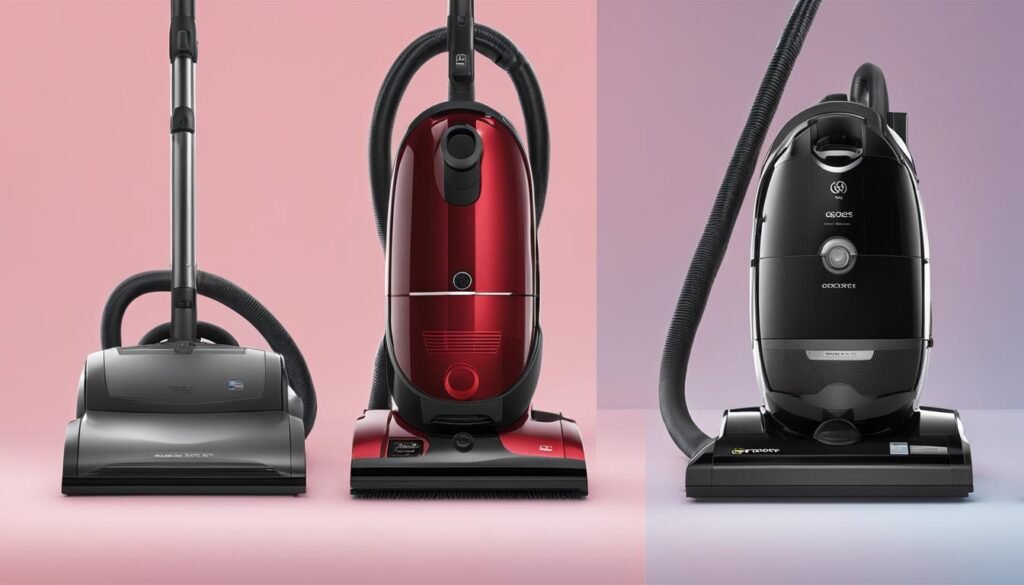
Conclusion
When comparing vacuum cleaners, it’s important to consider the different types available, such as uprights and canisters, and understand their strengths and limitations. Factors like the type of flooring, traffic patterns, and the type of soil will also play a crucial role in determining the best vacuum cleaner for your needs.
Pay close attention to the key features of each vacuum cleaner model, such as the attachments included, whether it’s bagged or bagless, and the presence of an on/off brush roll switch and filters. These features can greatly enhance the cleaning experience and ensure efficient performance.
In addition, consider the important specifications such as motor input power, water lift, and airflow. These specifications directly impact the vacuum cleaner’s ability to effectively clean different surfaces and pick up dirt and debris.
By thoroughly comparing these factors, you’ll be able to make an informed decision and choose the best vacuum cleaner that meets your specific cleaning needs. So, go ahead and compare different vacuum cleaner models to find the one that will help you keep your home clean and fresh with ease!
FAQ
What are the main types of vacuum cleaners to consider when comparing?
The main types of vacuum cleaners to consider when comparing are uprights and canisters. Uprights are popular in the US and UK, while canisters are preferred in Europe and the rest of the world.
What are the different types of canister vacuums?
Canister vacuums come in three types: straight suction, turbo or turbine floor tool, and power brush.
Should I choose a bagged or bagless vacuum?
Bagged vacuums are better for allergies and asthma sufferers, as they tend to hold more dirt.
What factors should I consider when comparing vacuum cleaners?
Factors to consider when comparing vacuum cleaners include your specific cleaning needs, the surfaces you’ll be cleaning, the amount of traffic and type of soil in your home, and the type of fibers in your carpets or upholstery.
What key features should I consider when comparing vacuum cleaners?
When comparing vacuum cleaners, key features to consider include the attachments included with the vacuum, whether it is bagged or bagless, the on/off brush roll switch, manual pile height adjustment, filters and HEPA filtration, and cord control features.
What are the important specifications to consider when comparing vacuum cleaners?
The important specifications to consider when comparing vacuum cleaners are motor input power, water lift (sealed suction), and airflow.
How can I compare vacuum cleaners and choose the best one for my needs?
When comparing vacuum cleaners, it is essential to consider factors such as the type of vacuum, your cleaning needs, key features, and important specifications. Evaluating these factors will help you choose the best vacuum cleaner for your specific requirements.

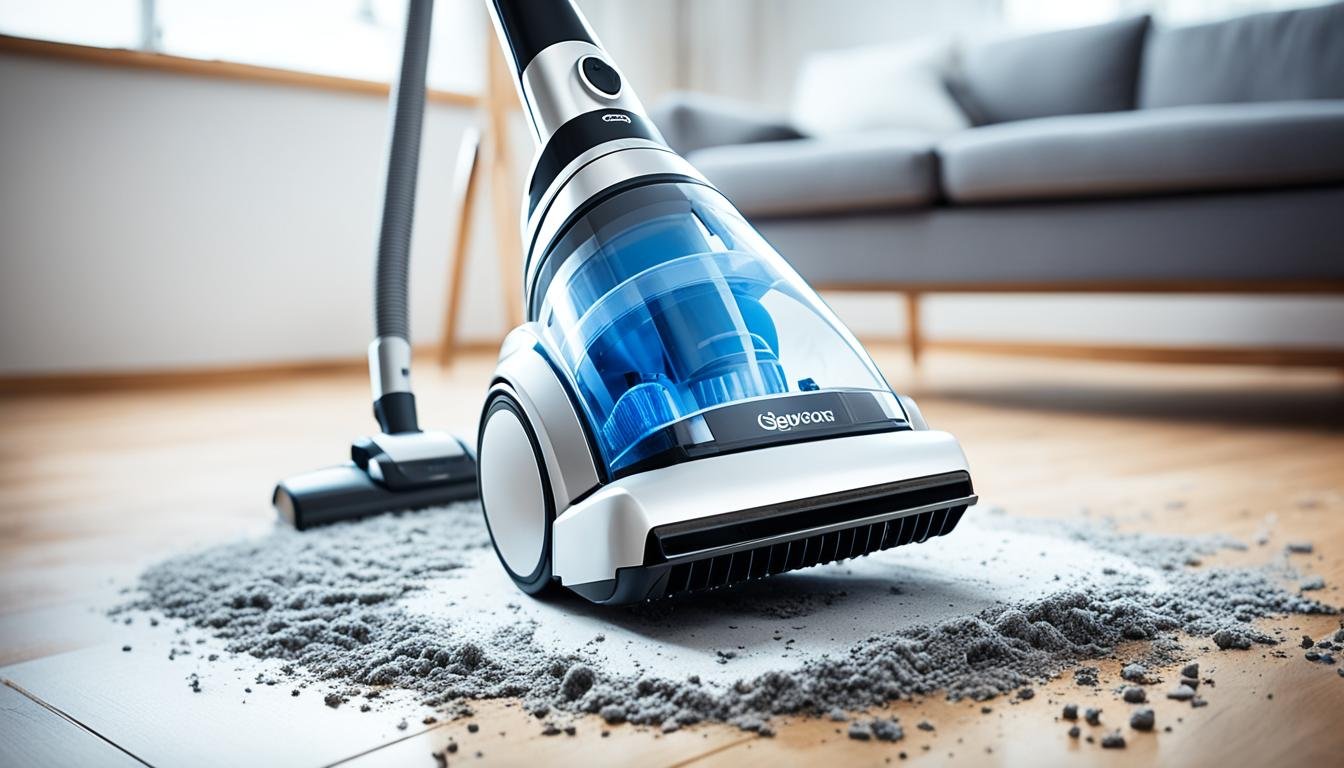
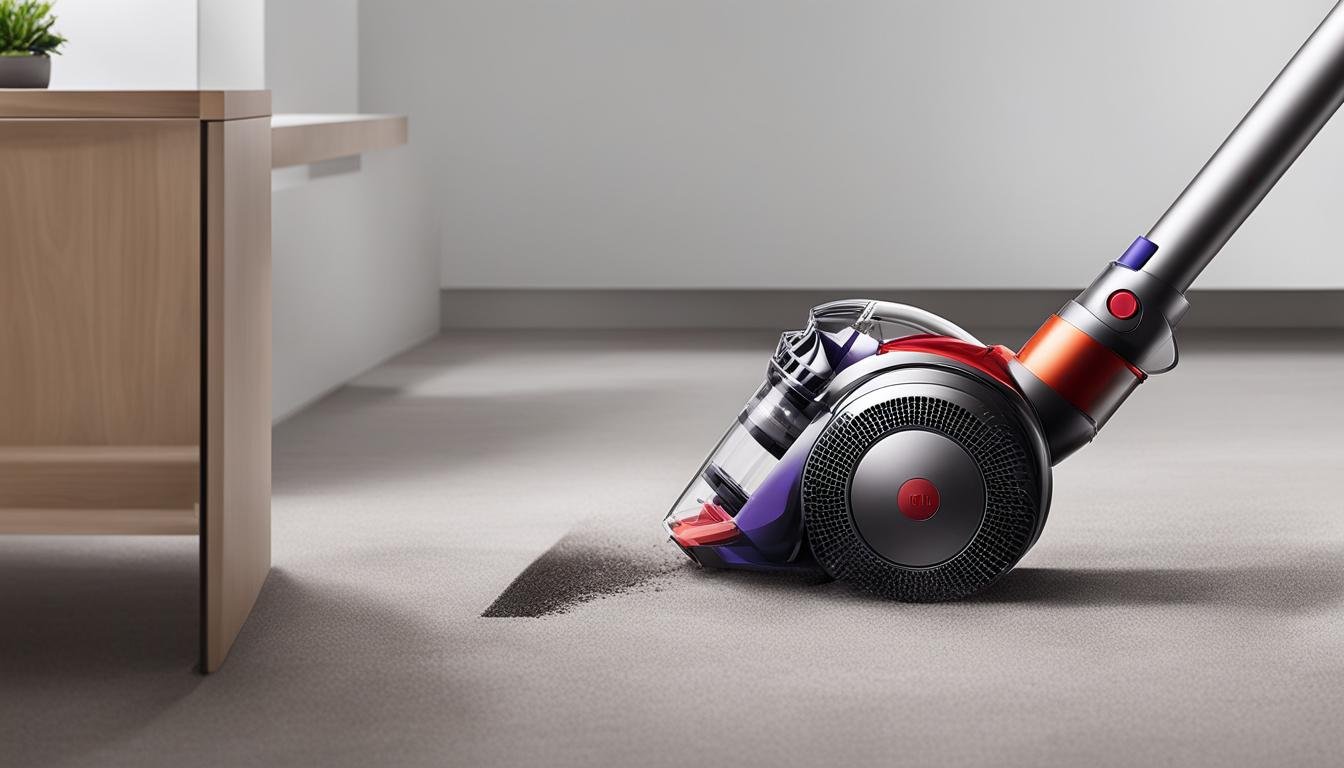
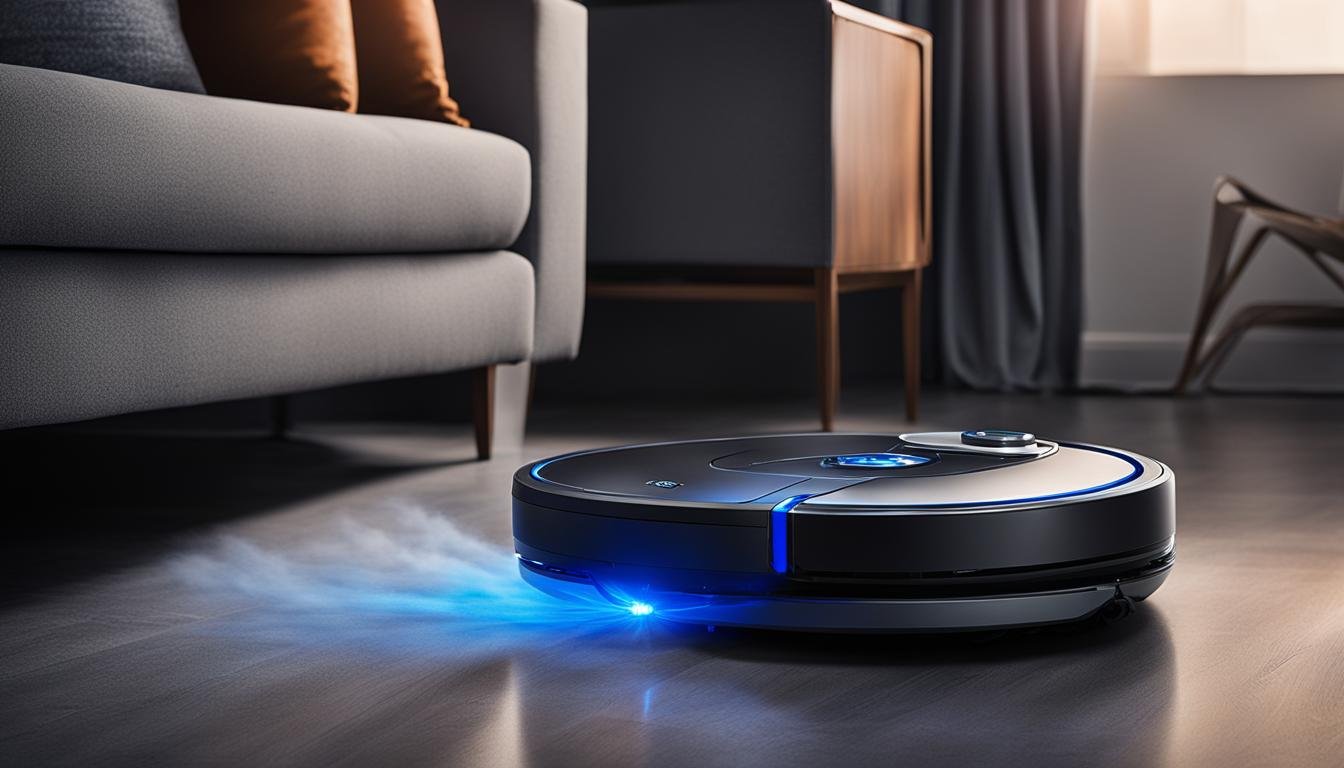
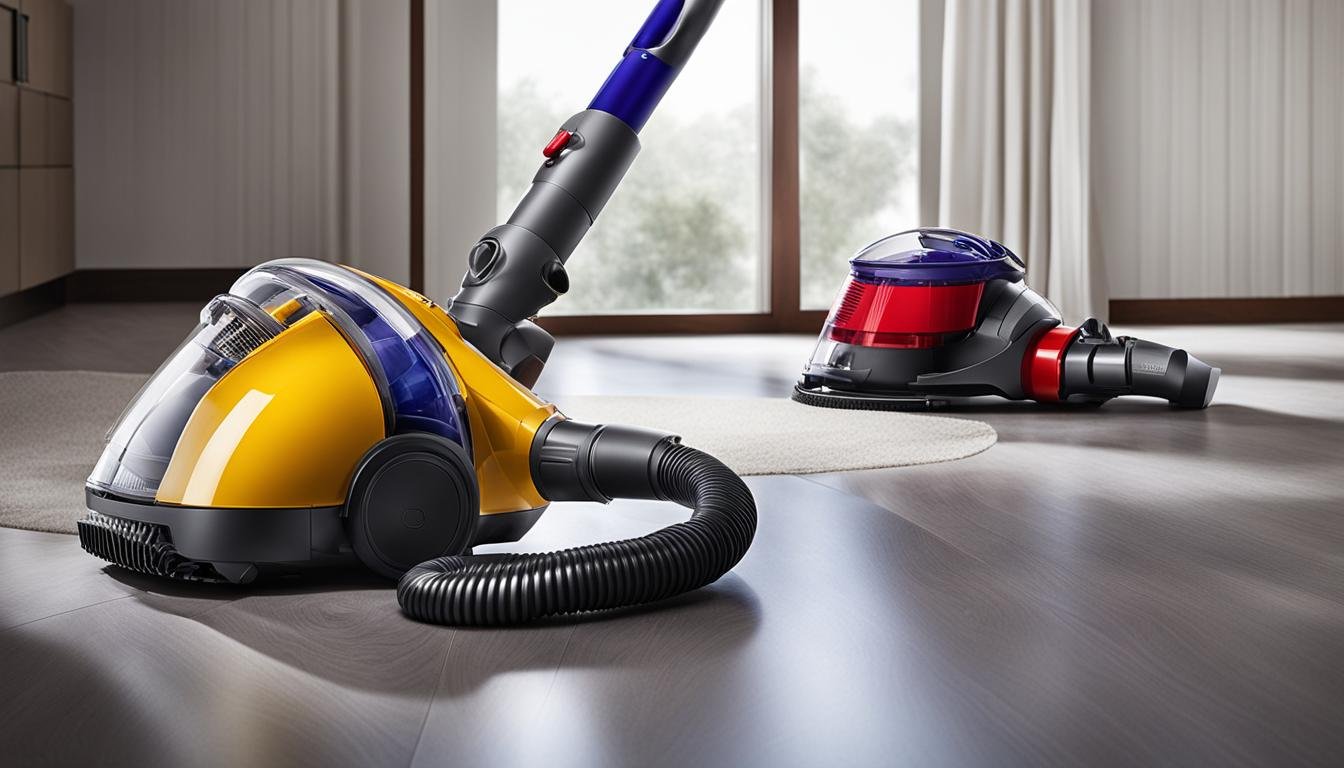

Leave a Reply